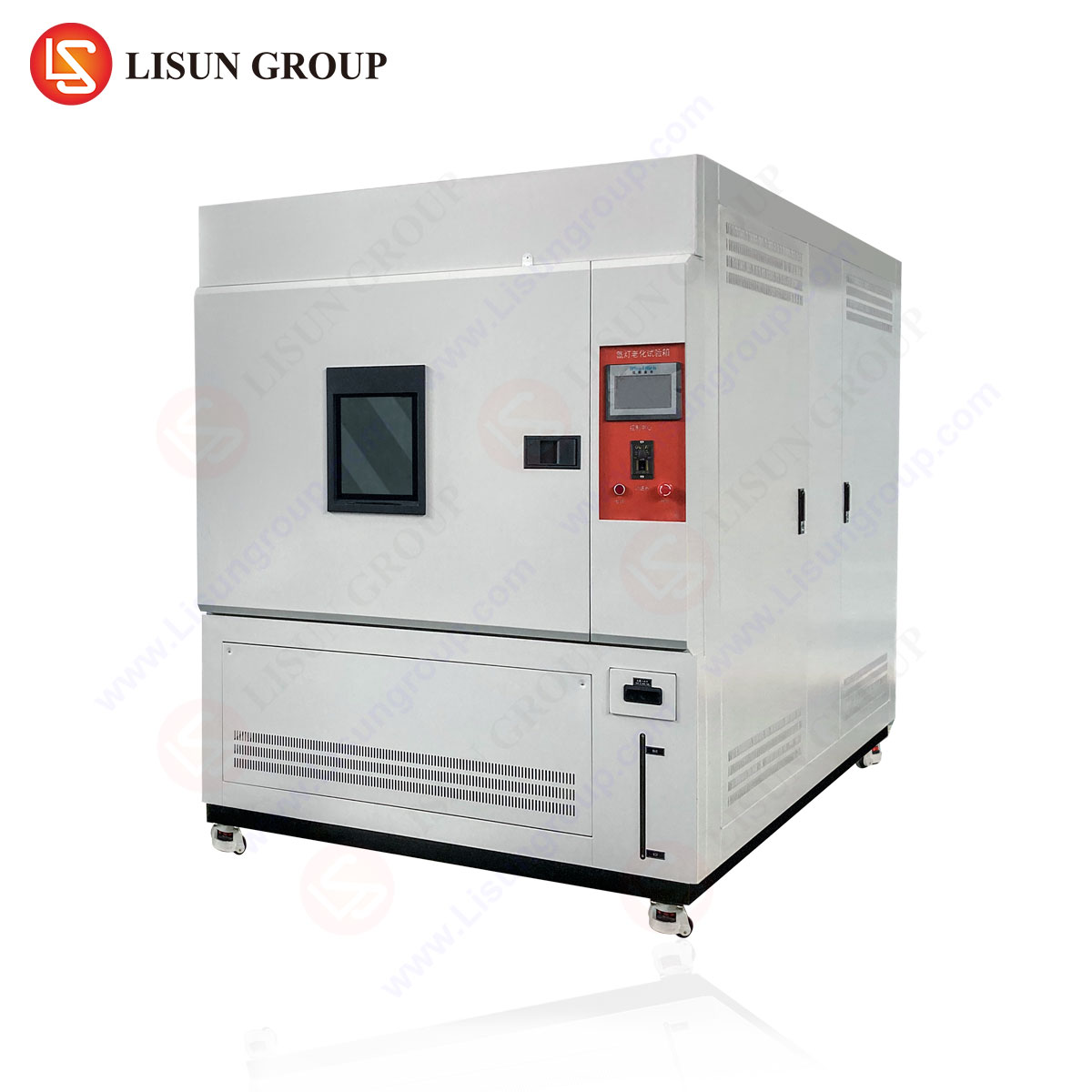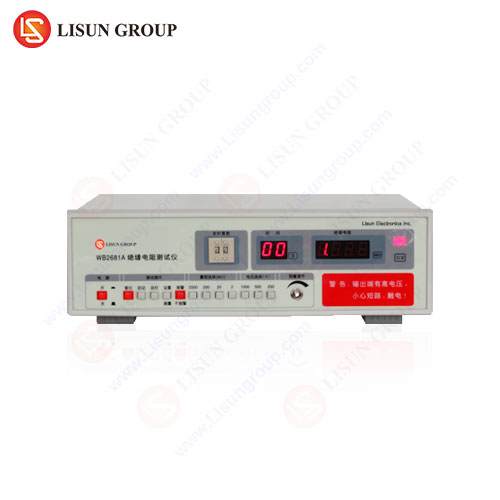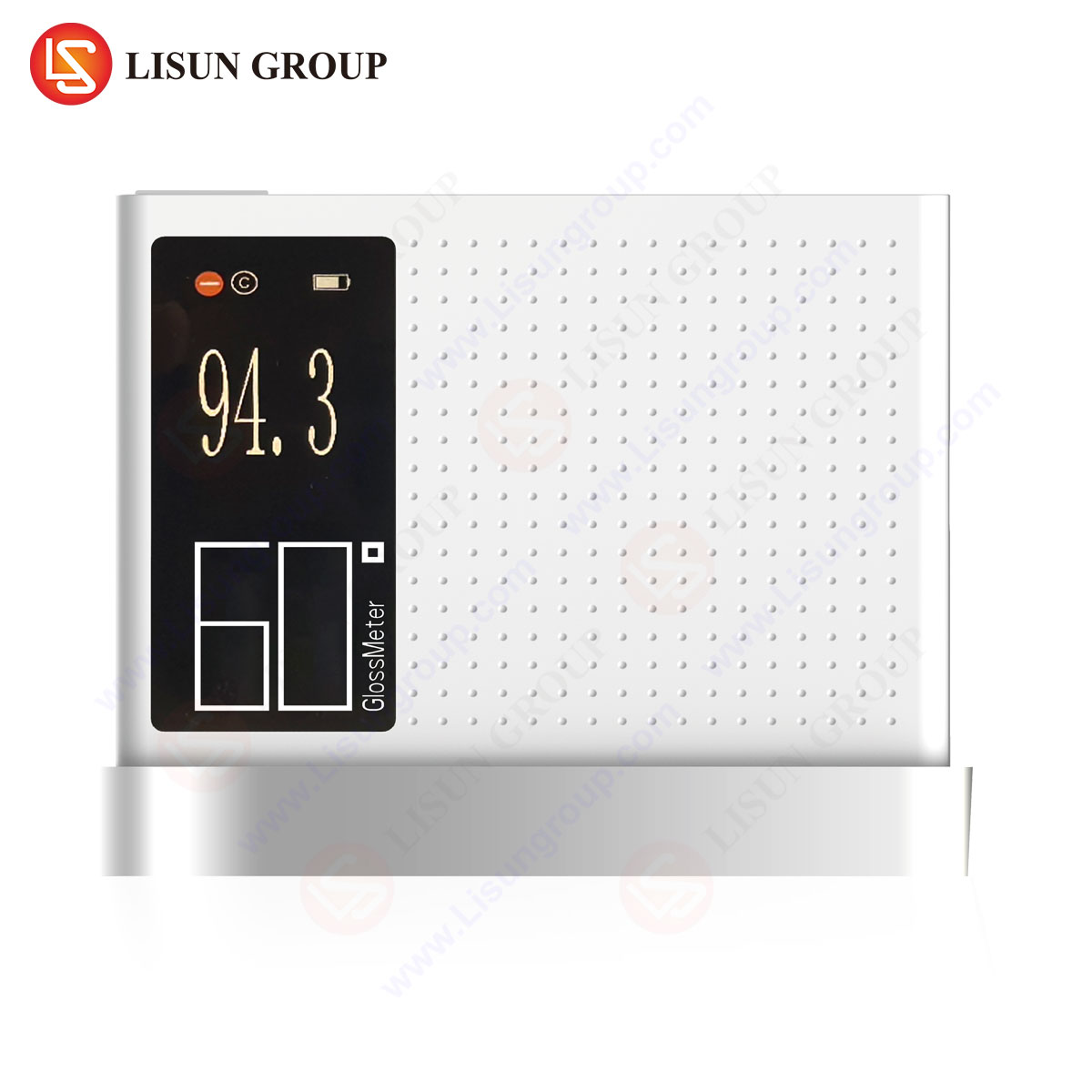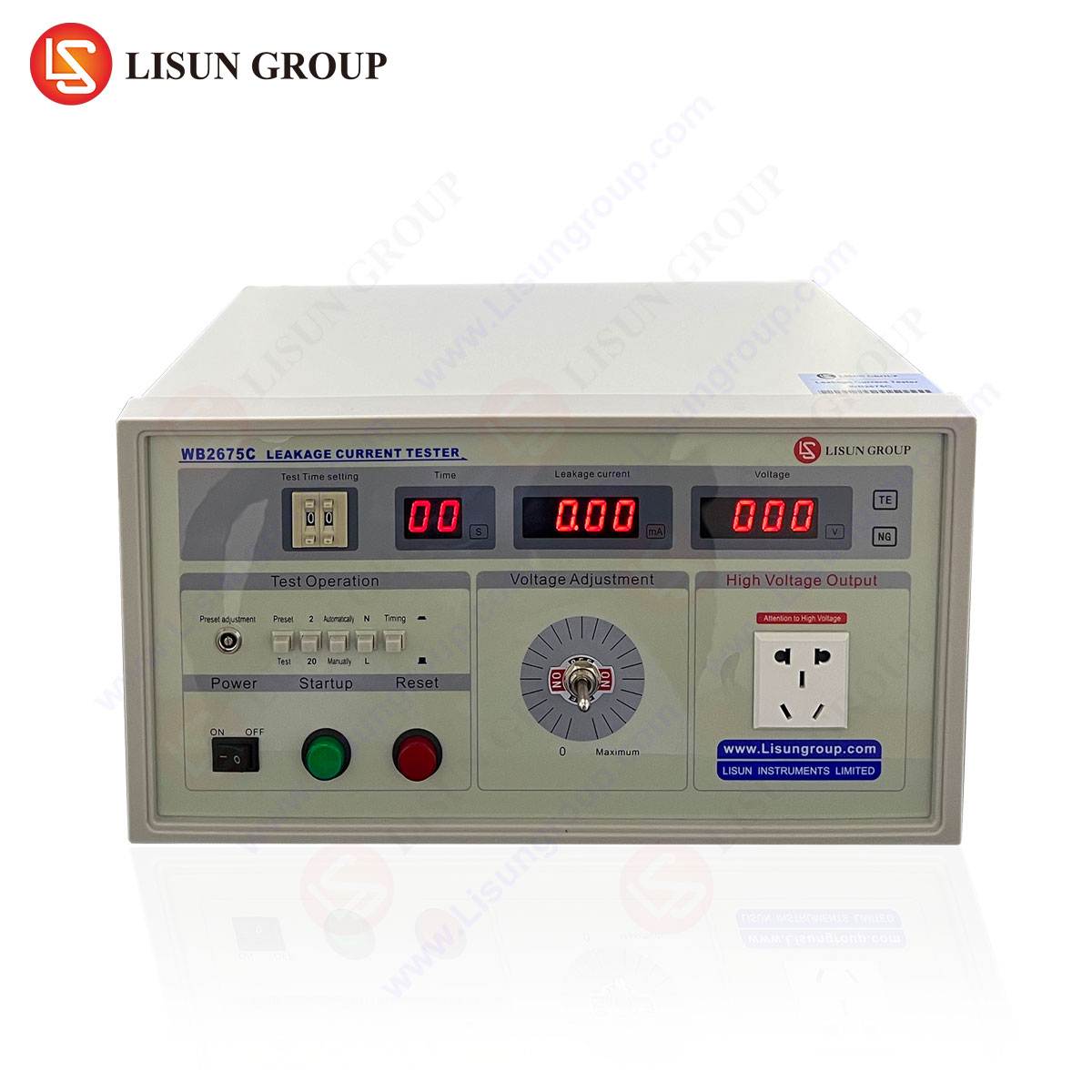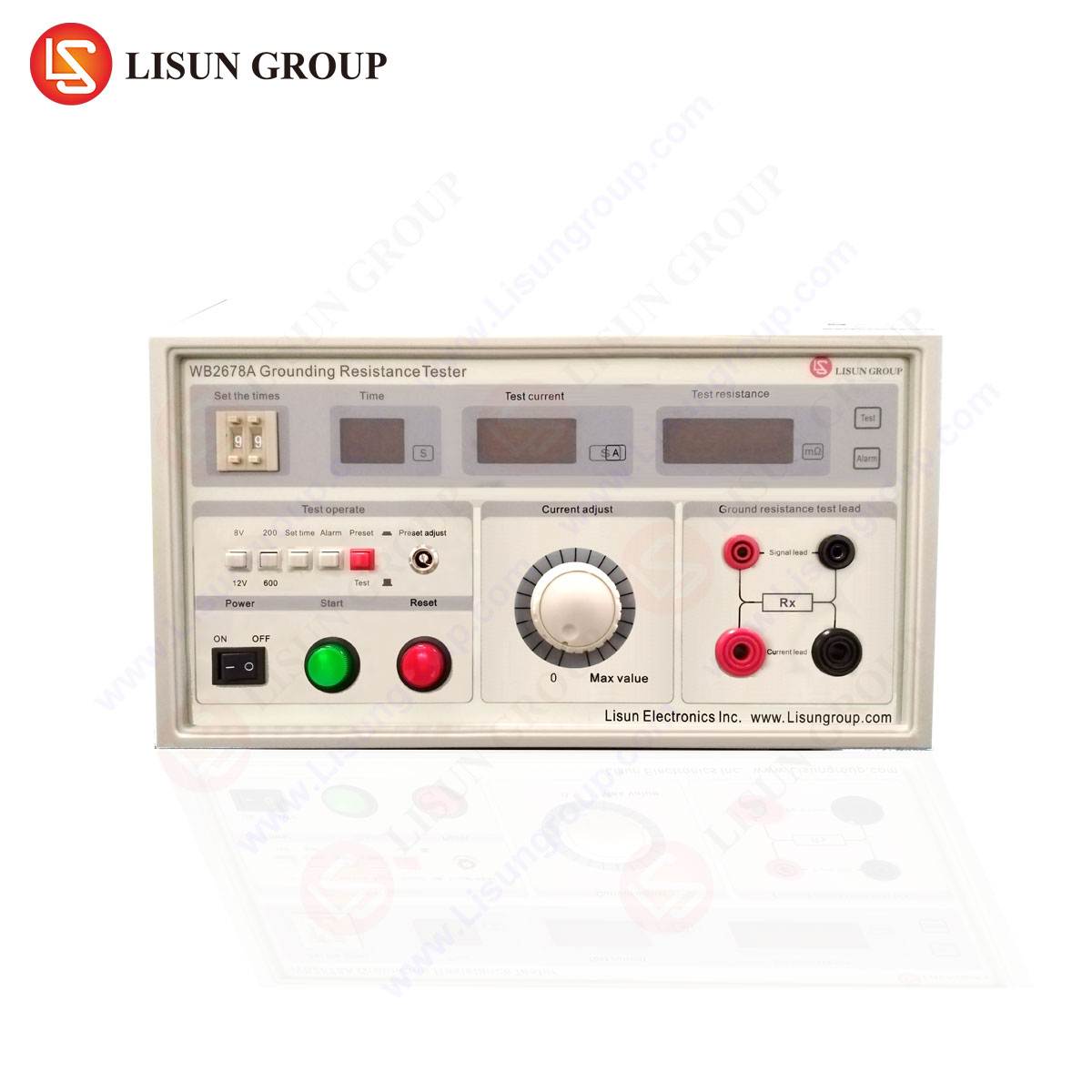Introduction to Xenon Test Chambers
Xenon test chambers are specialized environmental simulation devices designed to replicate and accelerate the effects of solar radiation, temperature fluctuations, and humidity on materials and components. These chambers employ high-intensity xenon arc lamps, which closely mimic the full spectrum of natural sunlight, including ultraviolet (UV), visible, and infrared (IR) wavelengths. By subjecting test specimens to controlled yet extreme conditions, manufacturers and researchers can evaluate product durability, predict lifespan, and ensure compliance with international testing standards.
Le LISUN XD-150LS xenon test chamber exemplifies advanced testing capabilities, offering precise spectral control, uniform irradiance distribution, and modular configurability for diverse industrial applications.
Fundamental Operating Principles of Xenon Arc Testing
Xenon test chambers rely on xenon arc lamps, which produce a spectral output closely resembling natural sunlight. The lamps generate intense light through an electrical discharge between tungsten electrodes within a xenon gas-filled quartz envelope. This process emits a broad spectrum of wavelengths, from 290 nm to 800 nm, enabling comprehensive photodegradation studies.
Key testing parameters include:
- Irradiance Levels – Controlled via feedback systems to maintain consistent UV exposure, often calibrated to standards such as ISO 4892-2 or ASTM G155.
- Temperature Regulation – Specimen surface temperatures can range from ambient to 80°C or higher, simulating real-world thermal stress.
- Humidity Control – Relative humidity (RH) is adjustable between 10% and 90%, facilitating moisture-induced degradation studies.
- Dark Cycles – Some tests incorporate alternating light and dark phases to replicate diurnal conditions, accelerating material fatigue.
The LISUN XD-150LS integrates these parameters with automated calibration, ensuring repeatability across test cycles.
Key Components and System Architecture
A xenon test chamber consists of several critical subsystems:
- Xenon Arc Lamp Assembly – The primary light source, typically water- or air-cooled, with spectral filters to modify UV/IR intensity.
- Specimen Mounting System – Rotating or static sample holders ensure uniform exposure, minimizing shadowing effects.
- Climate Control Module – Combines heating, cooling, and humidification to simulate varied environmental conditions.
- Irradiance Sensors – Monitor and adjust light intensity in real-time, maintaining compliance with test protocols.
- Logiciel de contrôle – Programmable logic controllers (PLCs) or touchscreen interfaces enable test customization and data logging.
The XD-150LS features a modular design, allowing customization for specific test requirements, such as increased chamber volume or enhanced spectral filtration.
Industry Applications and Compliance Standards
Xenon test chambers serve critical roles in multiple industries, ensuring product reliability under prolonged environmental exposure.
Équipements électriques et électroniques
Components such as printed circuit boards (PCBs), connectors, and insulating materials undergo xenon testing to assess UV-induced brittleness, discoloration, and dielectric degradation. Standards include IEC 60068-2-5 (simulated solar radiation).
Électronique automobile
Dashboard displays, exterior lighting, and wiring harnesses are tested for UV resistance, ensuring performance under extreme sunlight and thermal cycling (SAE J2412, ISO 105-B04).
Dispositifs médicaux
Polymer-based implants and diagnostic equipment must withstand sterilization and prolonged UV exposure without material breakdown (ISO 10993-10).
Aérospatiale et aviation
Cockpit displays and composite materials are validated against high-altitude UV intensity and thermal shock (RTCA DO-160).
The LISUN XD-150LS supports these applications with a spectral range compliant with ISO 4892-2, making it suitable for multi-industry certification.
Competitive Advantages of the LISUN XD-150LS
The XD-150LS distinguishes itself through several technical enhancements:
- Precision Spectral Matching – Proprietary optical filters ensure accurate replication of sunlight, reducing test deviations.
- Enhanced Cooling Efficiency – Dual-stage cooling minimizes thermal drift, improving long-duration test stability.
- Étalonnage automatisé – Built-in self-diagnostic routines maintain irradiance consistency, reducing manual recalibration needs.
- Modular Test Configurations – Optional humidity and spray modules expand testing capabilities for combined environmental stress.
Comparative studies indicate a 15% reduction in energy consumption versus conventional xenon chambers, attributed to optimized lamp efficiency.
Section FAQ
Q1: What is the typical lifespan of a xenon arc lamp in the XD-150LS?
A: The XD-150LS utilizes long-life xenon lamps rated for approximately 1,500–2,000 operational hours, depending on irradiance settings.
Q2: Can the XD-150LS simulate tropical climate conditions?
A: Yes, the chamber’s humidity control (10–90% RH) and temperature range (ambient to 80°C) enable tropical weathering simulations per ISO 4892-3.
Q3: How does the XD-150LS ensure uniform irradiance distribution?
A: A rotating specimen tray and precision reflectors eliminate hotspots, achieving ±5% irradiance variance across the test area.
Q4: Is the XD-150LS compliant with automotive testing standards?
A: Yes, it meets SAE J2412 and ISO 105-B04 for automotive material weathering.
Q5: What maintenance is required for the XD-150LS?
A: Routine lamp replacement, filter cleaning, and sensor calibration are recommended every 1,500 hours or per manufacturer guidelines.


